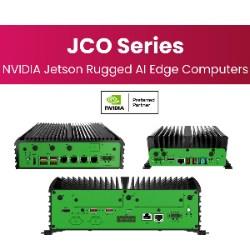Metamaterial Mechanisms
Adidas Shows Off First Shoe Made In Its German Smart Factory
Is a Robot After Your Job?
How to Attract Millennials to Advanced Manufacturing Jobs
Manufacturing Our Future
Machine Vision Solutions for CIJ Print Inspection
Home 3D Printing 'Just Not There Yet' Admits MakerBot
Bosch, SAP team up for Industry 4.0
A Personal History of Fieldbuses: From Seriplex to EtherCAT
Big Picture Processes Impact Efficient Lineside Delivery
New modular AM 'smart factory' from Concept Laser decouples pre-production and production
Selecting Pneumatic Linear Slides for Automated Assembly Equipment
Industry 4.0 - Interview with Red Lion Controls
Comparing Three Different Types of WirelessHART Adapters
Peugeot Teams Up With 3D Printing Startup for Parts and Possibly Full Cars
Records 2431 to 2445 of 2810
First | Previous | Next | Last
Featured Product

